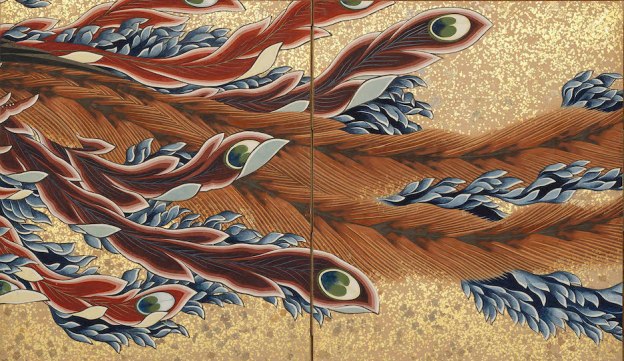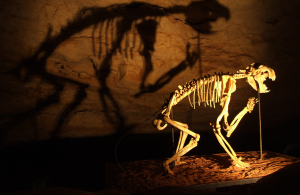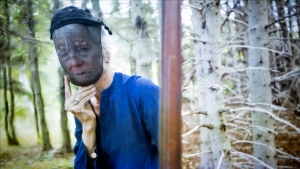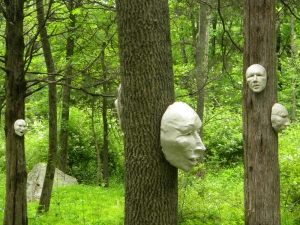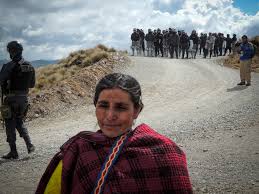To many of us who live near to nature the idea of ghosts is far from fantasy. The concept is neither childish nor macabre. We commune with our ghosts and respect them. They are the embodiment of our lost dreams and elusive joy, and only haunt those who misinterpret their messages. They have no malice, only longing.
Ghosts are the shadows of our psyche. They, like other archetypal figures, represent our lost aspirations both as individuals and as a species. In many indigenous societies it is the ghost who guides us toward emancipation and actualization, not the angel. This is because every one of us can identify with a ghost. Few of us have the piety or inherent detachment necessary to make us an angel. In mythology ghosts can never attain angelic or demonic status. They live outside the rhythm of life like dissonant chords, condemned to only remember loss. And it is in this very quality that we see our selves reflected. In this time of the Great Dying, ghosts call to us more than ever before.
Unsurprisingly, the reductionist cannot understand this embrace of the mystery of transcendence. The intangible is broken down into facile explanations which extinguish imagination and deride wonder. They equate spirit with superstition or magical thinking. Authoritarian and patriarchal religions are much the same and have had a lot to do with this backlash. It is understandable why this is so given their legacy of cruelty, crusades against science and repression of free thought. But even all of that does not make the narrow reductionist perspective a correct one.
Neither science or religion have the final answers to the questions all of us hold deep inside us about life and death, our existence and the existence of this marvelous universe, and the meaning of it all. Throughout history there have been numerous visionaries that have found the courage to step outside their esteemed roles and institutional bias and open their hearts and minds to a greater understanding of who we are. They not only asked questions or sought truth, they yearned for a meaning greater than their societal worldview. A meaning greater than the sum of their parts. The best of them used the arts to express their quest. But art is accessible to all of us. It is the greatest passage way toward understanding.
I think that is why I have appreciated the artist Joan Jonas ever since I encountered her work. She considers rural Nova Scotia, my home, her second home. And I can see why. Outside the city, a place where the songs of ghosts are often mercilessly drowned out by modernity, there are vast stretches of wilderness dotted with sparse communities carved into history and nature like a sculpture. Jonas’ art not only touches on the ghosts of human beings, but of animals and other species, especially the ones who have disappeared forever.
Her and other works of this nature bring up many questions for me. When humans pass into the void will our ghosts roam with them? Are those who have gone on already doing this now? Or will we damn our souls to the mediocrity of pseudo separation and supremacy? Will we listen to the ghosts struggling to teach us? Will we hear their pleas for connection, community and solidarity with one another and the myriad of other species that inhabit this life drenched world?
Truthfully, I do not have the answers for any of these questions. But we are all staring down a gun. This is an unprecedented epoch in the age of homo sapiens. We are witnessing the alarming acceleration of species extinction mostly caused by human activity. With this terrible knowledge we must all choose if we are going to continue to ignore the carnage or face it with courage. Of course awareness alone is not enough. But it is the beginning of transformation. Facing death, ours and that of other living beings, can ignite a fire that can burn away the illusions that fill our modern, congested lives; and rise us out of the din. Illusions that crowd out our capacity for connection and solidarity.
The ghosts that roam among us should not to be feared. They are merely the refracted reflections of our missed opportunities, wars of conquest, folly, misplaced rage, scorned wonder and repressed joy. They are, in truth, us. But they have an urgent story to tell; and if we ignore or dismiss them it will be at our own peril.
Kenn Orphan 2017
Title art piece for this essay is Japanese Ghosts, Katsushika Hokusai: Phoenix, 1835.
An interview with artist Joan Jonas:

